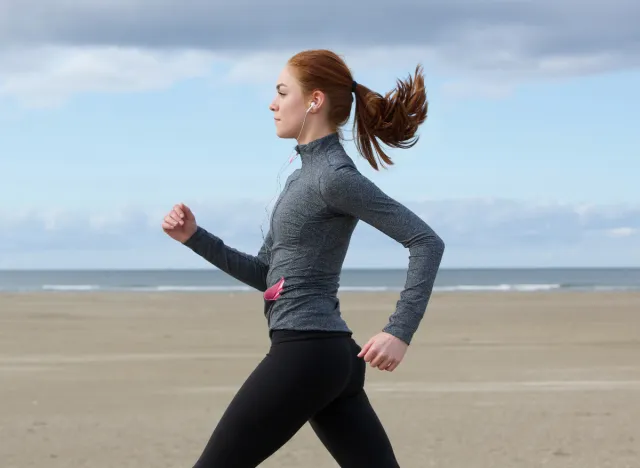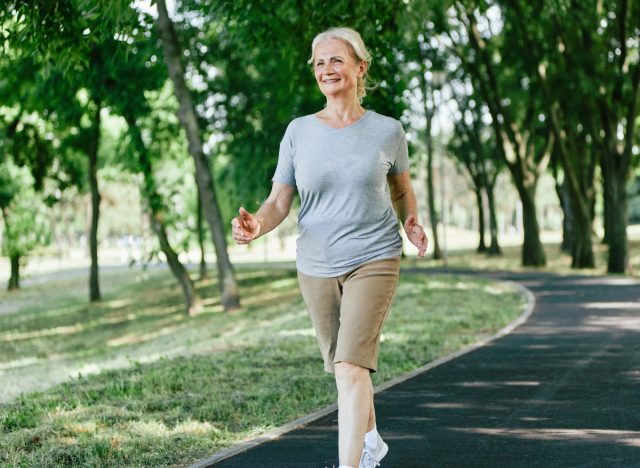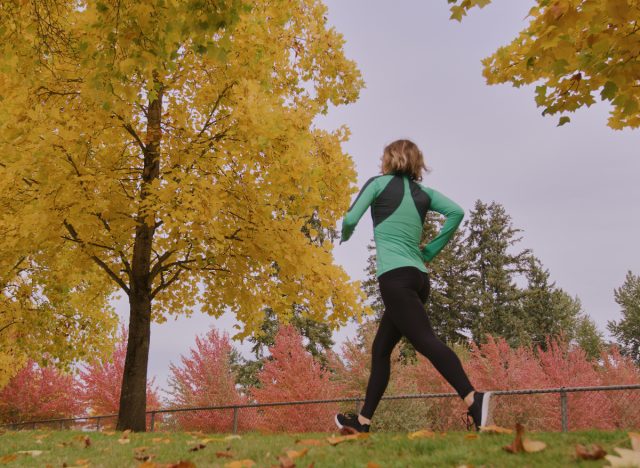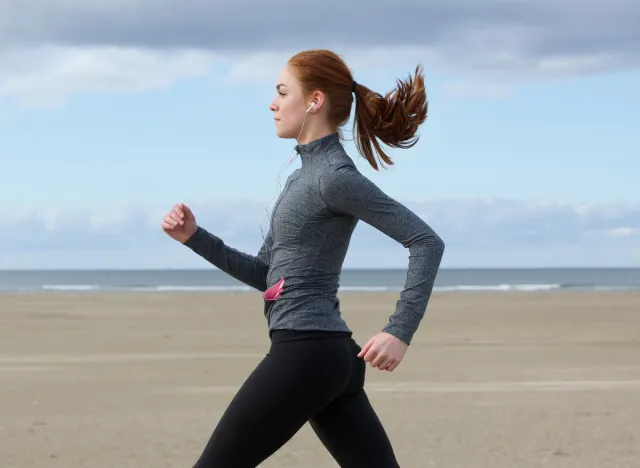You’ve likely heard that taking a “brisk” walk is a great way to improve your fitness, but what does that even mean? How fast is a brisk walk, and how do you know if you’re hitting the right pace?
As a fitness coach who’s helped clients of all levels incorporate walking into their routines, I’ve seen the confusion firsthand. Many people think they’re walking briskly, but in reality, their pace isn’t pushing them enough to get the full benefits. Understanding what qualifies as a brisk walk is key to maximizing your daily strolls.
Here’s the thing—walking briskly doesn’t mean you’re power walking like you’re late to a meeting, but it does mean picking up the pace to a level that challenges your heart and lungs. It’s somewhere between a leisurely stroll and a light jog, and nailing that sweet spot will help you burn more calories, improve your cardiovascular health, and boost your overall fitness. You’ll know you’re doing it right when you feel slightly out of breath but can still hold a conversation.
Knowing how fast to walk is essential, whether you’re walking for weight loss, improved heart health, or just to get your steps in. In this article, I’ll break down what a “brisk” walk means, the benefits of maintaining that pace, and how to measure your walking speed to ensure you’re getting the most out of your walk.
What Is a “Brisk” Walk?


The term “brisk” might seem vague, but it refers to a walking speed that elevates your heart rate and pushes your body beyond a casual stroll. In fitness terms, it’s typically defined as a pace that feels challenging but sustainable—faster than your usual walking speed, but not so fast that you can’t keep it up for a prolonged period. You’re aiming to get your heart pumping, which means you should be walking with purpose.
An excellent way to gauge if you’re walking briskly is by using the “talk test.” You should still be able to carry on a conversation at a brisk pace but with a little effort. If you can easily chat without strain, you must pick up the pace. Conversely, if you’re gasping for air and can’t get out more than a few words, you’re probably going too fast.
The Benefits of Taking a Brisk Walk


A brisk walk offers more than just a casual way to get fresh air—it packs a punch when it comes to health benefits. By walking at an increased pace, you’re elevating your heart rate, which helps improve cardiovascular health, burn more calories, and build endurance. It’s an excellent low-impact exercise that can aid in weight loss, strengthen your muscles, and even boost your mood.
Brisk walking is one of the easiest and most accessible forms of exercise for those looking to lose weight or improve overall fitness. You don’t need any special equipment, and you can do it anywhere. Plus, walking briskly regularly has been shown to reduce the risk of chronic illnesses like heart disease, diabetes, and even some cancers.
How To Measure a Brisk Walking Speed / The Ideal Brisk Walking Speed


So, what speed qualifies as “brisk”? Most fitness experts say a brisk walk falls between 3 and 4 miles per hour (mph). For many, that translates to about 100 steps per minute or 15 to 20 minutes to walk a mile. But remember, brisk walking isn’t about matching a specific speed number—it’s about challenging your body to move faster than usual.
If you want a more precise measure, you can use a fitness tracker or app to monitor your walking speed. Devices like Fitbit, Garmin, or even your smartphone can track your pace in real time, making it easier to hit and maintain your target speed. If you don’t have a device, you can also measure your walk by timing how long it takes to cover a known distance, such as one mile, and adjust your pace accordingly.
How To Maintain Your Pace


Maintaining a brisk walking pace can be tricky, especially if you’re new to walking for fitness or haven’t paid much attention to your speed. The key is to focus on your posture and stride. Walk with your head up, shoulders relaxed, and arms swinging naturally. Take shorter, quicker steps instead of long strides, which can throw off your rhythm and lead to fatigue.
If you struggle to maintain your pace, try breaking your walk into intervals. Walk briskly for 2 to 3 minutes, then slow down for a minute to catch your breath before picking up the pace again. Over time, you’ll build endurance and be able to walk briskly for longer stretches without needing to slow down.










